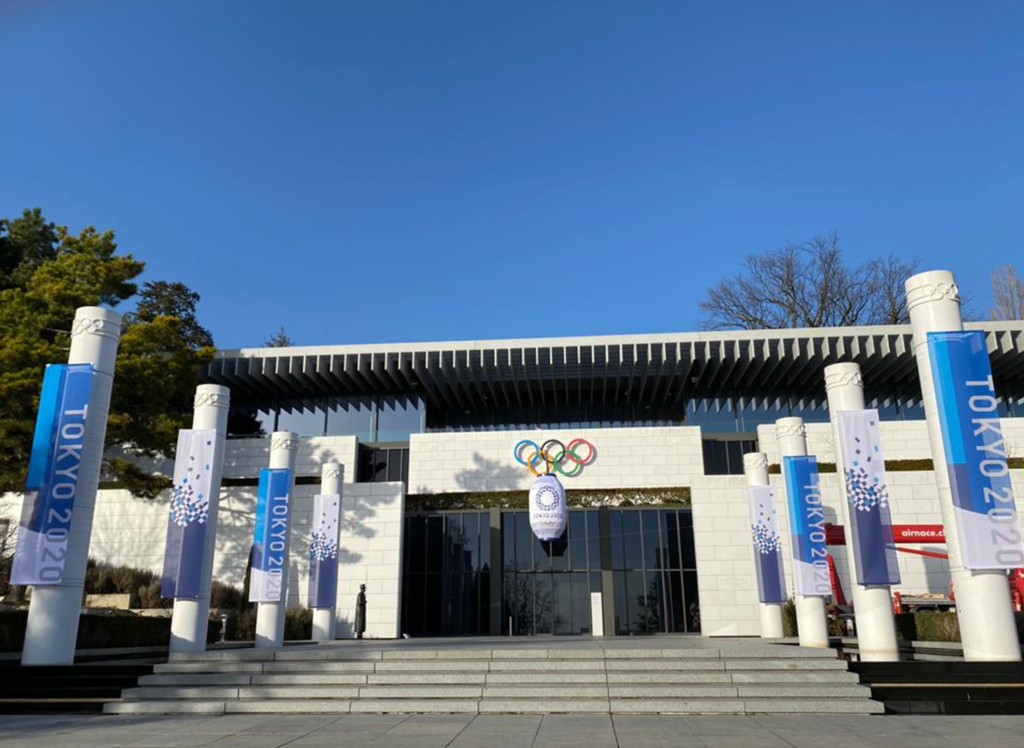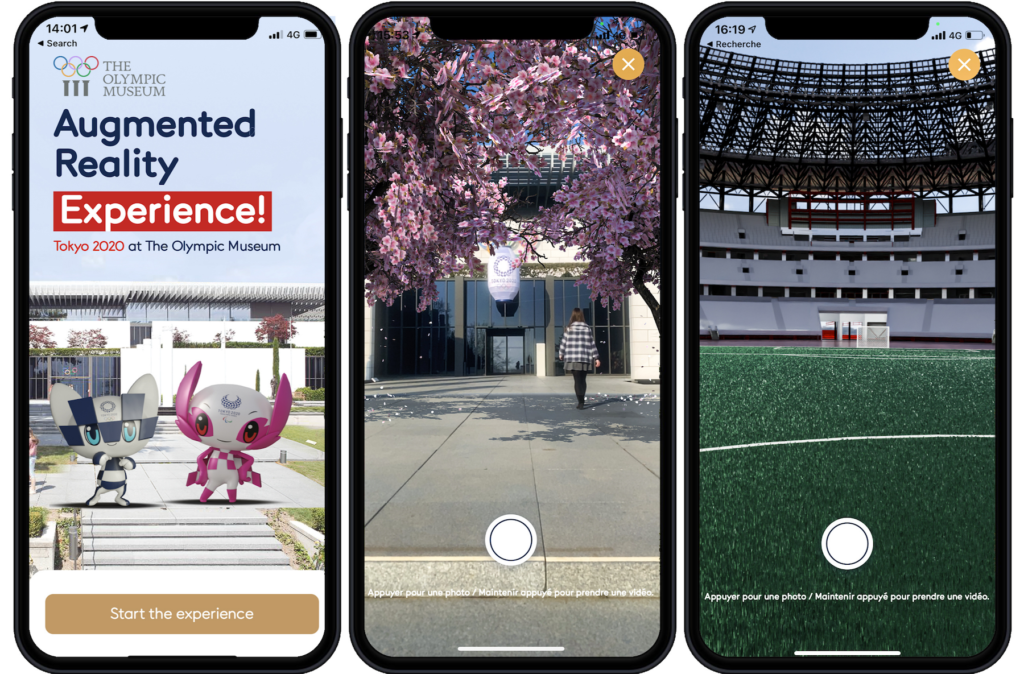
Anne Chevalley
Chief Curator, The Olympic Museum
Museums have no borders,
they have a network
March 19, 2021
Keywords: Resilience; Creativity; Phygital; Learning; Durability
Every two years, the Olympic Museum is brought to life by the Olympic Games. No matter where the Games are held, the Museum, located in Lausanne, Switzerland, offers an extensive programme celebrating diversity, excellence and peace through sport.
However, last year, for the first time in history, the Olympic Games were postponed. Following the outbreak of the coronavirus pandemic, the opening date of the Tokyo 2020 Games was pushed back to July 2021. For the Olympic Museum, the pandemic’s impact was twofold: not only was the Olympic calendar disrupted, but the museum itself was forced to close its doors indefinitely.
In the face of this unprecedented situation, resilience brought about a period of intense creativity.
With the possibility that the Games might not be held at all looming in the background, the museum revised its programme and remained ready to adapt to that eventuality. Regardless of whether the Games were to be postponed or cancelled, this was a historic moment that would have to be explained to the public. Additionally, because the museum had to close its doors to the public because of the health crisis, the development of online exhibitions became essential. The same approach was also applied to conferences, performances and concerts, all of which had to take place in the digital space.
The results of the past year? A context that has fostered anticipation and flexibility; a digital transformation that has promoted content development; and a reorganisation that has focused on a more efficient use of time and budget. The aim was to capitalise on this experience in order to build the future.

Changing schedules, lasting solutions
Following the spread of Covid-19, 2020 became a year of constant reinvention. In early March, the materials for the exhibition Tokyo 2020 – Sport X Manga were about to be shipped to the museum from France when everything suddenly ground to a halt.
A solution to store the materials had to be found, while new installation dates had to be agreed upon. The end of March? April? And then, more serious doubts arose: would the Games even be held?
When the decision to postpone the Olympic Games was finally announced, the original schedule was revived with the understanding that all the associated events would also be delayed: those that were planned for 2021 would have to be moved to 2022, and so on. The pandemic had a domino effect with long-term repercussions.
We finally decided upon a launch date of 18 March 2021for the Tokyo 2020 – Sport X Manga exhibition. We revised our schedules in coordination with service providers, secured deliveries, and ensured safe working conditions for both in-house and contract installation teams.
In these unpredictable times, when we cannot even guarantee that the museum will be open to visitors, we installed the exhibitions and put together a digital strategy that will allow us, regardless of the situation, to make use of the content.
More than simply adapting to an uncertain situation, it is now essential to establish a new way of working by offering a ‘phygital’ programme. This involves a different connection with the museum and an evolving relationship with the public. The museum will become a starting point, a lab that allows multiple experiences for more diverse audiences, whether they be in-person visitors or online users. In order to make this a reality, we have to reconsider our plans: this involves adapting on-site visits while simultaneously rolling out online content. The exhibitionss will then have to ‘export themselves’ so they can also be enjoyed on the Internet.
The events celebrating the culture of the Games’ host country will be redesigned in order to meet current health standards. Although fewer people will be allowed to visit the museum in person, events will still take place on social media: such as with architect Kengo Kuma, who designed the Japan National Stadium, or with Stéphane Beaujean, curator of the exhibition Sport X Manga.
Beginning in April 2021, podcasts will showcase the content developed for such programming. In this way, events that used to be held at the museum on a single afternoon will become accessible at any time. Finally, an augmented reality (AR) app on the website will allow visitors to blur the boundaries between reality and imagination: cherry trees will bloom in the museum’s park, the Olympic mascots will serve as tour guides, and the entrance to the exhibition will grant access to Japan National Stadium.

Learning to live with the new normal
The consequences of the Olympic and global health context went beyond scheduling and budgetary challenges. The initial reactive attitude quickly evolved into a proactive, entrepreneurial and inquisitive mindset. The need to act quickly in order to maintain a connection with our public revealed skills and opened up prospects for the development and enhancement of our programming. It also brought about the possibility to reach new international audiences.
In conclusion, while the events of 2020 have undoubtedly accelerated the digitalisation process, they have above all emphasised human values, encouraged solidarity between coworkers and contributed to raising awareness of the important role of museums in society.
Note: The Olympic Museum is located in Lausanne (Switzerland), which is also the headquarters of the International Olympic Committee (IOC) and the Olympic Capital. The museum is part of the Olympic Foundation for Culture and Heritage.
References and Resources
The Augmented Reality (AR) app The Olympic Museum in AR is available from 18 March to 21 November on the App Store and Google Play: www.olympic.org/museum/visit/calendar/app-ar
Performances of In Between, by the choreographer and dancer Kaori Ito, will be broadcast on the Olympic Museum’s networks in four episodes: In Between 13 February / In Between 20 February / In Between 27 February / In Between 10 March
To watch an interview with Kaori Ito, visit www.facebook.com/theolympicmuseum/videos/2808067769510399
A communication strategy on social networks with targeted posts is available on SportX Manga.
